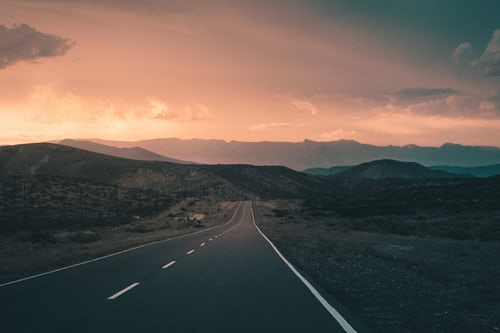What is HDR Photography, and How Does it Make Better Photos?


HDR photography is a method for capturing high-dynamic-range images. There are a few different techniques for capturing HDR photos. Exposure bracketing, Tone mapping, and shooting in RAW are three. Learn how to create an HDR image from a single RAW file.
Exposure bracketing in HDR photography
Exposure bracketing is a technique that can help photographers take better photos, especially in challenging lighting conditions. This process involves taking three pictures of a similar composition at different exposures. The first image will be the “light meter exposure,” and the other two will be either under or overexposed. Having a few different directions allows photographers more flexibility when editing the photos.
Exposure bracketing is accomplished by adjusting the camera’s shutter speed to create multiple images with different exposures. You can either manually change the shutter speed or set a preset range to use in bracketing. A tripod is recommended. You should also set the ISO to the lowest setting and the exposure compensation dial.
There are three ways to process bracketed photos in Lightroom and Photoshop. You can merge the files to create an HDR image or open them individually and edit the well-exposed portions of each photo separately. The latter method is practical only when moving objects, such as a car or a tree, are not a factor.
Getting high dynamic range with HDR photography
High Dynamic Range (HDR) photography is a great way to add dramatic effects to your photographs. This technique merges several images and enhances the differences with contrast, saturation, and colour grading. HDR images can be exported as JPEG or processed further in post-production.
The first step is to take multiple photos of the same scene at different exposures. A tripod is helpful for this process, as is a remote shutter. For the best results, it is recommended to have minimal movement between each frame. For this reason, you should use a tripod and remote shutter when shooting HDR photographs. It is also helpful to avoid hitting fast-moving objects. Once you’ve taken the photos, you can use HDR editing software to reduce ghosting.
HDR editing software can combine the bracketed photographs, allowing you to see more of the scene’s dynamic range in the final photo. HDR photography is a great way to increase the quality of photos taken in beautiful locations.
Tone mapping in HDR photography
Tone mapping is a process that combines multiple images into one. The result is a picture with HDR clarity and a wide range of tones. This technique allows you to capture details lost in a direct conversion. In addition, tone mapping is an excellent option to catch a scene’s full range of styles.
The process involves merging multiple exposures into a single file. These methods are similar to tone mapping, but you have fewer options for adjusting the final image.
Tone mapping can be done with software, such as HDR Pro. For example, using HDR Pro, you can create 32-bit per channel HDR images. You can also apply tone mapping in Lightroom using the Develop module.
Creating an HDR image from a single RAW file
Creating an HDR image from a RAW file is a simple helpful technique in various shooting scenarios. It can be beneficial when you don’t have access to a tripod or if the subject moves quickly. This method eliminates the need for ghost reduction or other image processing.
You can use the same technique to create an HDR image from several RAW files. However, it would be best if you kept in mind that using more than one RAW file will use more resources and take longer to process. Using one RAW file can help you save time and effort and create a beautiful, dramatic image.
Creating an HDR image from a RAW file involves shooting a series of exposure bracket images. These images are then combined using the best parts of each one. This technique requires a tripod to work correctly, but it’s important to note that many of us don’t have one available. Additionally, aligning the bracket images and avoiding ghosting and blurring due to contour overlapping can be challenging.
